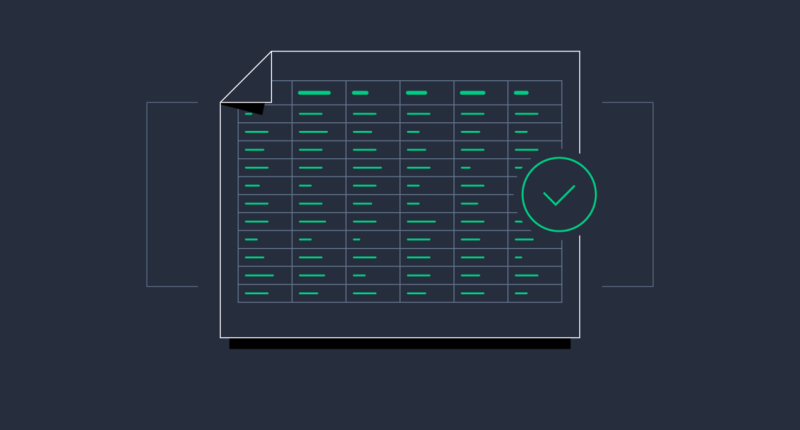Step 1: Simplify for Success
Streamline Your Accounts
Keep your chart of accounts (COA) simple and focused. Use only the accounts you need, reducing the quantity of categories to make coding, reading, and auditing easier. Combine accounts with small or infrequent transactions, and use supporting schedules for balance sheet items rather than creating separate accounts.
Step 2: Implement Strategic Numbering
Organize with Account Numbers
Utilize account numbers to maintain order and easily identify account types. This system helps prevent alphabetical ordering, which may not produce the most relevant information. Use a five-digit base account numbering system, with 10000s for assets, 20000s for liabilities, 29000s for equity, and so on. Leave room for growth when assigning numbers.
Step 3: Define Your Gross Margin
Clarify Financial Performance
Carefully define your gross margin to ensure accurate financial reporting. This step is crucial for understanding your business’s profitability and performance. Organize your accounts to clearly separate direct costs from operating expenses, providing a clear picture of your gross margin.
Step 4: Categorize Indirect Costs
Optimize Cost Allocation
Give careful thought to indirect costs and how they should be categorized in your COA. Proper allocation of these costs can significantly impact your financial analysis and decision-making processes. Consider using sub-accounts to provide more detailed tracking of indirect costs.
Step 5: Structure Operating Expenses
Enhance Expense Tracking
Organize your operating expenses in a logical manner that aligns with your business structure and reporting needs. Use consistent naming conventions and consider grouping similar expenses together for easier analysis and budgeting.
Step 6: Align with Reporting Requirements
Tailor for Stakeholders
Structure your COA to meet both internal and external reporting requirements. Consider what information is needed for management reports, department reports, taxes, audits, and compliance. This alignment will streamline your financial reporting process and ensure you’re capturing all necessary data.
Step 7: Regular Review and Optimization
Maintain Financial Agility
Regularly review and optimize your COA to ensure it remains relevant and efficient. As your business evolves, so should your accounting structure. Fix problems at the source by reviewing booking processes and ensuring good classification. This ongoing optimization will help maintain a clean general ledger and improve overall financial clarity.
By following these seven steps, you can create a chart of accounts that not only meets your current needs but also positions your organization for future growth and financial success. Remember, a well-structured COA is the foundation for clear financial insights and informed decision-making.









